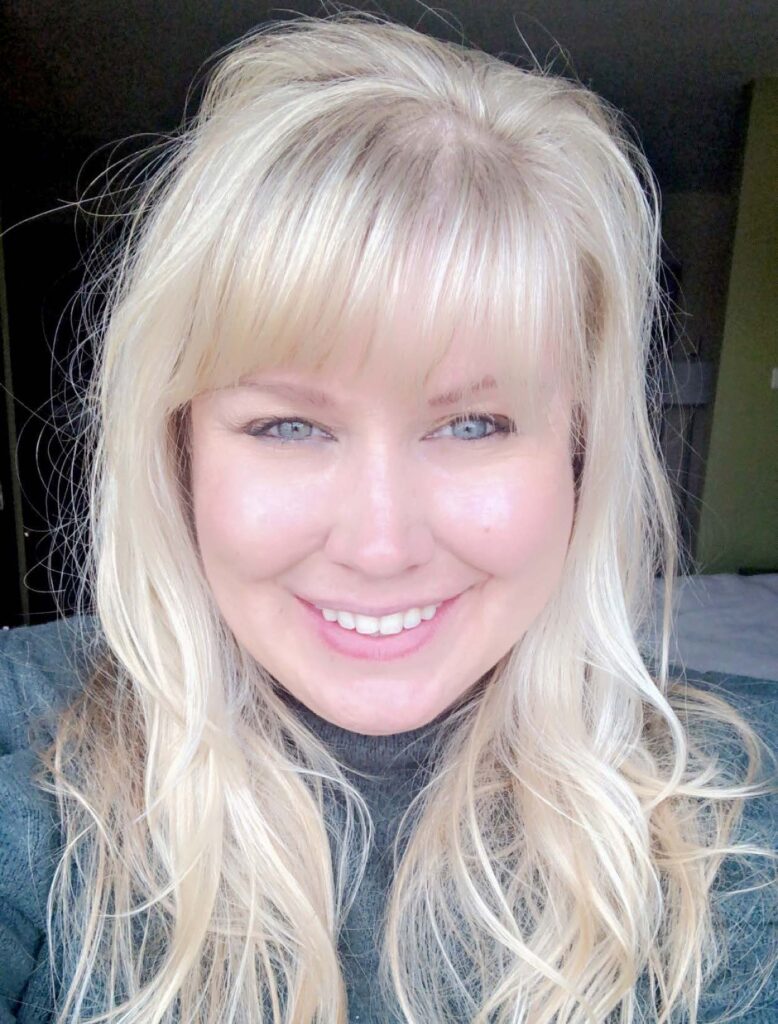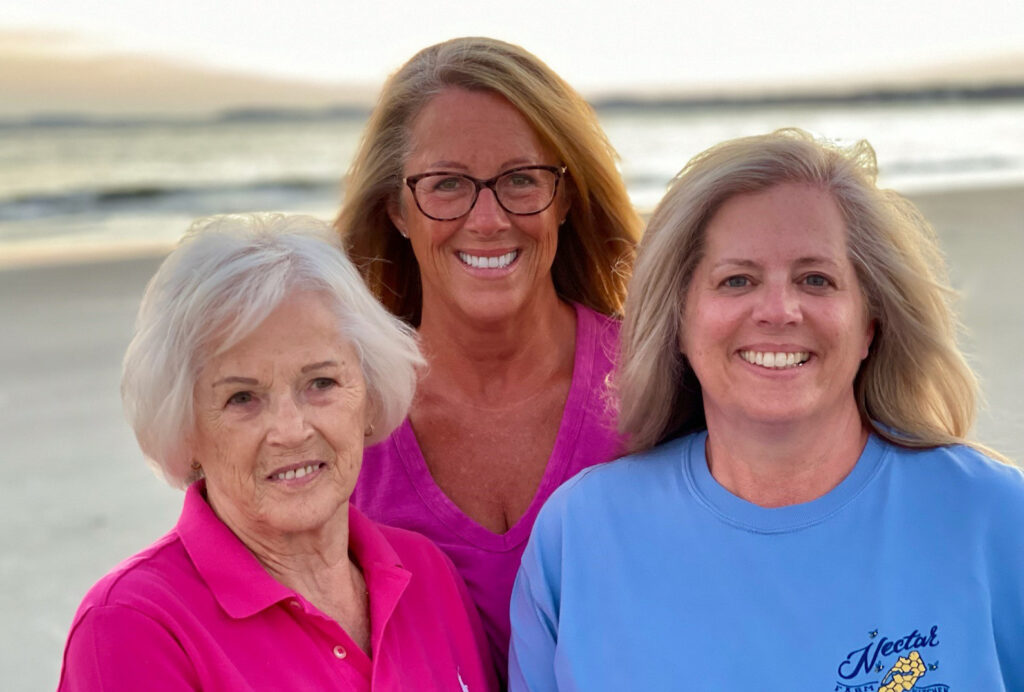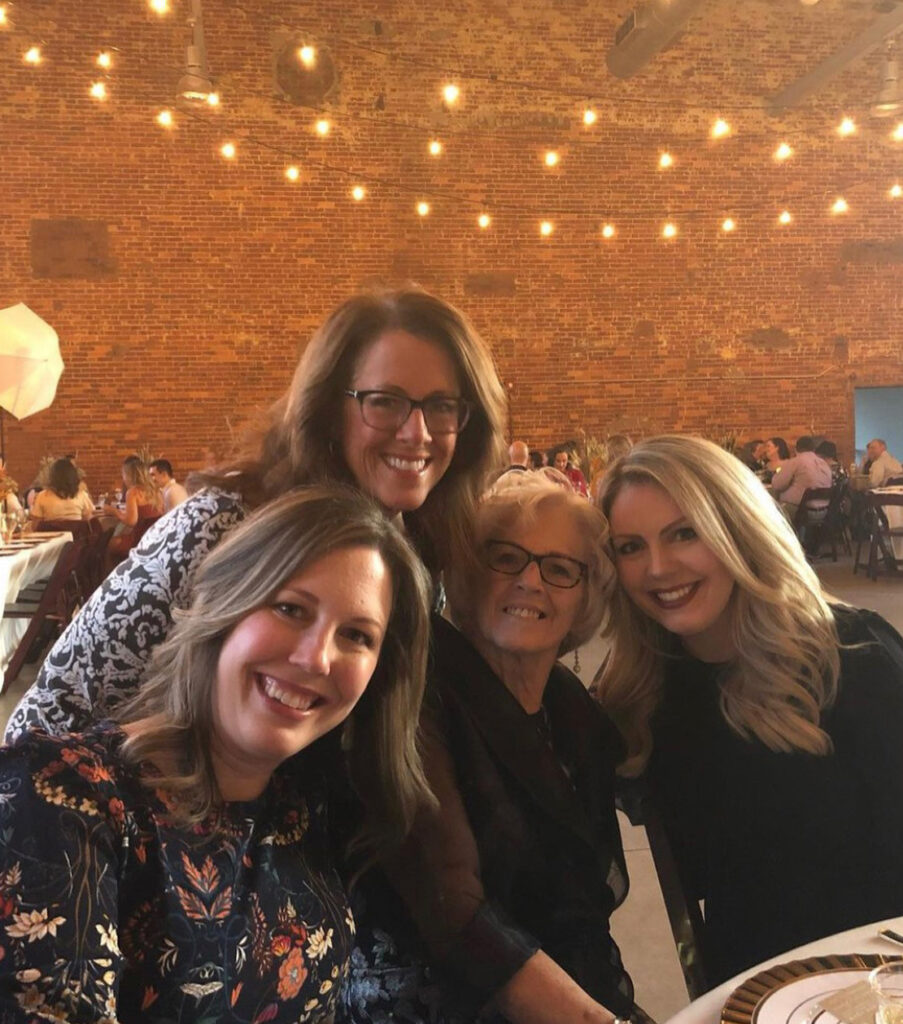Ask the Specialist: The Importance of Daily Routines
By: Melissa Weitekamp, MS CRC, CBIS

Clinical Liaison, NeuroRestorative
Daily routines are an important part of our lives. Routines can help to provide a sense of control to your daily life while also helping you gain independence and a sense of purpose.
After an injury such as a traumatic brain injury or stroke, your routine is often disrupted and your sense of purpose may become lost. It may be difficult to figure out how to begin creating a new routine. However, it is vital that you make a conscious effort to establish a new routine and try to identify a new sense of purpose.
There are eight Therapeutic Lifestyle Changes (TLC’s) that you should try to include in your new routines:
- Exercise
- Nutrition and diet
- Stress management and relaxation
- Time in nature
- Fostering relationships with other
- Providing service to others (such as volunteering)
- Religious or spiritual involvement
- Finding time for recreation
Working these 8 TLC’s of Rehabilitation into your daily life and routine can greatly improve your physical and mental health. Most importantly, your overall quality of life improves! When establishing a new routine after an injury,
it is important to consider including these therapeutic lifestyle changes.
You will not be able to add all eight changes at once, so try focusing on one at a time. Adopt one change and work on it for a couple of weeks until you are comfortable with the new routine. Then try adding in another of the eight. You can work on them in any order.
Be sure to structure your day with a good balance of tasks to be complete with time for rest and relaxation. It is also important to remember to get a full night of sleep and to try to wake up each morning around the same time.
When educating my patients on implementing these therapeutic lifestyle changes, I also began incorporating them in my own life and noticed a big difference. It is incredible the benefits that these changes truly have on us!
Citation:
Walsh, Roger. Lifestyle and Mental Health. American Psychologist; January 17, 2011: 1-14. doi: 10.1037/a0021769American.
Want to suggest a topic? Email us at braininjury@uams.edu.
Survivor Story: Laura Dina
As Told to Danny Bercher
My speech, my thoughts, and processes were all of. I was very self-conscious of all of this.
Laura Dina

On July 21, 2014, Laura (Haskett) Dina was riding on the back of a motorcycle with her husband in Tennessee when the rear tire had a blowout. Laura was thrown from the motorcycle and landed face down on the pavement next to the guard rail.
A nurse, who happened to be in a vehicle right behind Laura and her husband, stopped to help. She found Laura without a pulse and not breathing and immediately began CPR. Laura was transported via medical helicopter to Regional One in Memphis, where she was stabilized. She was treated at Regional One for 2-3 weeks and then transported to UAMS for a brief period.
Laura’s path continued to Baptist Health Rehabilitation Institute (BHRI) for five weeks of acute rehabilitation and then she spent 10 weeks at Neurorestorative Timber Ridge in Saline County.
When asked about her experience at BHRI and Timber Ridge, Laura said, “I was in denial about my condition.” She shared that she was determined to escape while at BHRI & Timber Ridge. Laura said that while at BHRI, “my room was directly across from the nurses’ station. When no one was there, I called Conway Taxi.” She would also steal phones to try and call for help to get out. While at Timber Ridge, Laura wrote lots of letters complaining to her case manager to argue for her early discharge.
“I never accepted that I needed to stay in rehab as I still believed I did not have a brain injury.” This type of denial has a name. It is called anosognosia and it is common after a head injury. The damage to the brain actually makes it to where a person is not aware of their own limitations.
Laura’s family was very supportive during her recovery. She recalled that her husband was very loving, yet adamant that she complete her full rehabilitation plan. Although she was very stubborn about leaving the facilities, she finally reached a point that, “I finally accepted that it was part of the process.” Later she came to realize, “I knew mentally that I was a mess.”
When Laura first went home from Timber Ridge, she was not allowed to drive. Laura recalled, “That was so frustrating. My husband would come home hungry from work and I could not cook. I could not even figure out how to cook a hot dog.” Laura put a lot of pressure on herself to be a contributing partner in the marriage, stating “I had always been OCD. My husband was working so much. I had to make a detailed list every day,” in order to prepare meals and help with the house.
Laura eventually adjusted to her new life at home. The family subscribed to Home Chef and her husband would go over each step in the recipe with her. “It took me 1-1.5 years to finally be able to cook on my own.”
Laura related that for a long time after her injury she was sleepy all of the time and that she had memory issues. “I would talk to someone and forget what I was saying at mid-sentence.”

Laura was devastated when she got a letter in the mail that her position as a fundraiser at work was terminated. “I viewed myself primarily as the ‘fundraiser’—not so much the mother, the wife, and the friend.” Laura stated, “I had lost my sense of identity. I was angry and in denial.” Laura also had a sense of loss and isolation from her friends. She said, “I kind of shut myself off. I did not feel comfortable being around people. My speech, my thoughts, and processes were all off. I was very self-conscious of all of this.”
While recounting her journey Laura said, “It was a good four years before I was 75% okay. At year five, I had other problems that really got my attention.” Laura was diagnosed with Type II Diabetes, rheumatoid arthritis, and a concerning lump in her throat. She was determined to take aggressive measures to improve her personal health.
Through some research, Laura identified a functional medicine doctor she hoped would help. The functional medical plan, with the guidance of a qualified physician, was implemented over a 30 day period. Laura said, “by day 21, my brain fog was gone.” Laura said that her type 2 diabetes and rheumatoid arthritis had all subsided. The lump in her throat fortunately was not cancerous. She said that her memory was clear and that her mind was sharper than ever. Laura said, “I have close to a normal life now. I sleep better.”
Laura stressed and warned that although she believes functional medicine helped restore her health, that it was not covered by her insurance plan.
Laura shared that in retrospect, “it took 3-5 years for me to improve. By year four after my injury, I really noticed an improvement.” Laura also attributed the therapy with her licensed counselor as a major part of her psychological recovery.

Considering all of the positive progress in her health, Laura said she still has limitations. “I cannot maintain a regular work schedule as I had before. I have to focus on getting enough sleep. If not, I get grumpy and short-tempered. My memory is 97% better but I still have to make a list.”
Laura is considered permanently disabled and is not able to return to her work, so she tries to stay busy these days. In reflecting on her current life, Laura explained, “I tend to get bored. I love gardening and love to spend time on the lake with friends. I am also back to reading and working on puzzles.”
Laura summed up her different approach to life after her injury as, “I make a very conscious effort to look at the positives. I am here now and I cherish those times that I make. I am very thankful for life, family, and friends.”
Laura’s Tips for Survivors:
- It is very important to follow doctors’ orders — especially when it comes to sleep — to help the healing process.
- Don’t be afraid to ask for help or admit you are struggling with things.
- Do not overextend yourself physically.
- Accept the reality of your condition and take baby steps to learn new ways to reach your goals.
Want to share your story? Email us at braininjury@uams.edu.
Resource Highlight
AR Connect
FREE 24-HOUR CALL CENTER: (800) 482-9921
What have you done for your mental health lately?
As the pandemic drags on, you may be feeling isolated, anxious, or sad. That is completely normal! Did you know there are people who can help you? If you are experiencing increased stress or other concerns, call AR-Connect. Our team is trained to meet your needs.
What does AR-Connect do? We can help with strategies to manage your stress or other concerns, including alcohol and substance use. We provide virtual short-term therapy and, when needed, can help you find long-term treatment in your area. When you call, we will assess your needs and connect you with a mental health professional. This means that you can call anytime, but your appointment won’t happen right when you call.
Who is it for? Any Arkansan who is struggling with mental wellness, stress, anxiety, or other concerns.
How does it work? Call us. Our phone lines are open 24 hours a day, 7 days a week. After your first session, your mental health professional will decide how many more appointments you need. All therapy visits are virtual (by video).
When is AR-Connect open? Our virtual clinic is open Monday through Friday, 8:00 am to 4:30 pm, and Saturday, 10:00 am to 2:00 pm.
Do I need to have health insurance? No. Our services are FREE. If you have insurance, we will collect that information from you. But we will not bill you for our services.
Where can I get more help? The AR-Connect resource center can help with basic needs such as food or shelter. Visit: psychiatry.uams.edu/clinical-care/ARconnect/resources Or call: 501-355-6934.
For more information, contact AR-Connect at arconnect@uams.edu.
Social Security Disability Pointers: Get Your Social Security Benefit Statement (SSA-1099/SSA-1042S)
By Tonya Cater, Social Security Public Affairs Specialist
We’ve made getting your annual benefit statement even easier. The benefit statement, also known as the SSA-1099 or the SSA-1042S, is a tax form we mail each year in January to people who receive Social Security benefits. It shows the total amount of benefits you received from us in the previous year. You can use this information when you file your tax return, as it shows how much Social Security income to report to the Internal Revenue Service.
If you live in the United States and you need a replacement SSA-1099 or SSA-1042S, go online to get your instant, printable replacement form using your personal my Social Security account at www.ssa.gov/myaccount. Look for your replacement SSA-1099 or SSA-1042S for the previous tax year in your personal account after February 1.
If you don’t have access to a printer, you can save the document to your computer or email it to yourself. If you don’t have a my Social Security account, creating one is very easy to do and usually takes less than 10 minutes. And that’s not all you can do with a personal account. If you receive benefits or have Medicare, your personal my Social Security account is also the best way to:
- Request a replacement Social Security number card
- Get your benefit verification letter
- Check your benefit and payment information
- Change your address and phone number
- Change your direct deposit information
- Request a replacement Medicare card
- Report your wages if you work and receive Social Security disability insurance or Supplemental Security Income benefits.
If you don’t have a personal my Social Security account, you can create one today at http://www.ssa.gov/myaccount.
Please be aware that past newsletter issues may contain outdated information. For the latest updates on resources and events, visit our website or contact us at braininjury@uams.edu with any questions.
